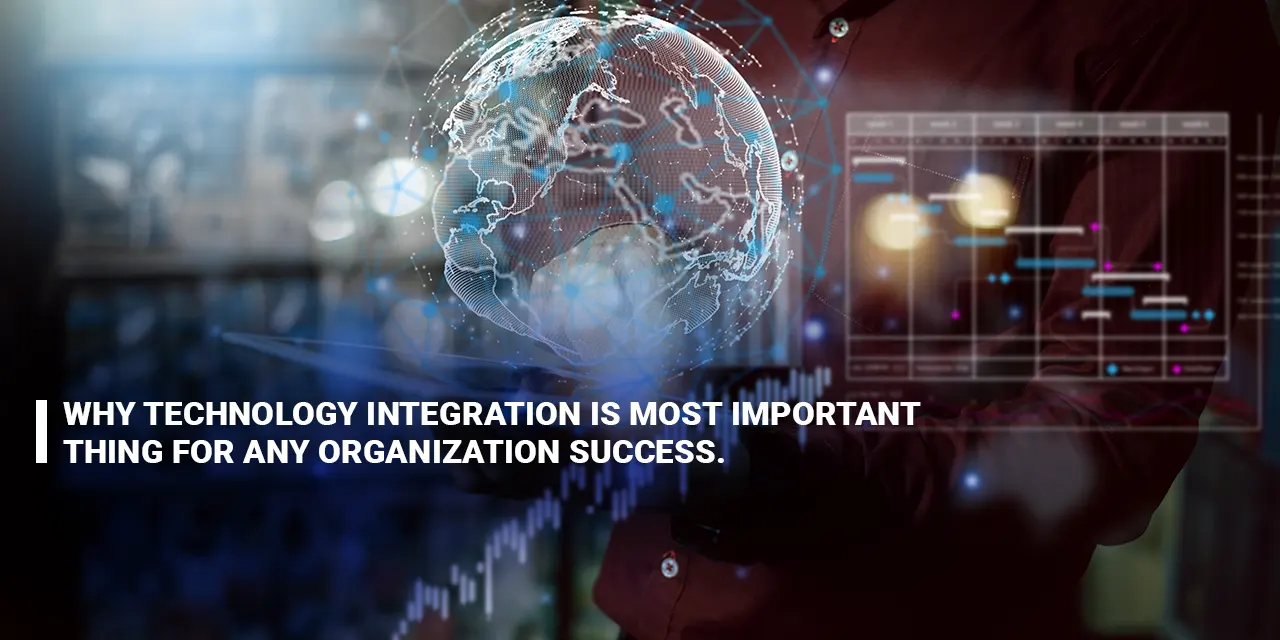Research
Share Knowledge
Brainstorm Ideas
What is Technology Integration?
Technology integration is the process of incorporating modern technologies and software into an organization's existing systems and processes. This can involve implementing new hardware, software, or cloud-based applications to streamline operations and improve overall performance.
Benefits of Technology Integration
1. Improved Efficiency and Productivity: By integrating modern technologies into existing processes, businesses can improve efficiency and productivity. Automation of repetitive tasks, for example, can free up time for employees to focus on more complex tasks, improving overall productivity.
2. Enhanced Communication: Technology integration can also improve communication between employees, departments, and even customers. Tools such as instant messaging, video conferencing, and collaboration services can facilitate communication and enable employees to work together more effectively.
3. Access to Real-Time Data: Technology integration can provide businesses with real-time data, which is critical for making informed decisions. Cloud-based applications, for example, can provide instant access to data from any location, allowing employees to make informed decisions quickly.
4. Increased Security: Integrating modern technologies can also enhance the security of an organization's systems and data. Encryption, firewalls, and other security measures can be implemented to protect against cyber-attacks and unauthorized access.
Implementing Technology Integration
While technology integration can provide numerous benefits, it is essential to implement it correctly to avoid disruption and ensure a smooth transition. Here are some steps businesses can take to implement technology integration effectively:
1. Identify Areas for Improvement: Begin by identifying the high-value, high-priority business use cases that could benefit from technology integration. This could include providing new product services (i.e., smart product), automating tasks, improving communication, or enhancing security.
2. Choose the Right Tools: Once you have identified business use cases or areas of improvement, research and choose the appropriate architecture and tools to implement. Consider factors such as compatibility with existing systems, ease of use, and cost.
3. Train Employees: Ensure that employees are trained in the use of modern technologies and architecture while also focusing on the changes in skills, processes, data, and measures that may accompany the technology integration. This will help to minimize disruption and ensure a smooth transition.
4. Monitor and Evaluate: After implementing technology integration, monitor its effectiveness regularly through metrics and a value framework. Evaluate its impact on efficiency, productivity, and overall performance and adjust as needed.
How Can We Help?
ITPN has leading-edge capabilities, top-class experts and pioneering experience in this area so please contact us if you have any questions or need assistance of our services.
Conclusion
In conclusion, technology integration is essential for businesses to stay competitive in today's digital age. By implementing modern technologies and software, businesses can improve efficiency, productivity, communication, security, as well as product experiences and outcomes. With the right tools, training, and monitoring, technology integration can be a valuable investment for any organization.

